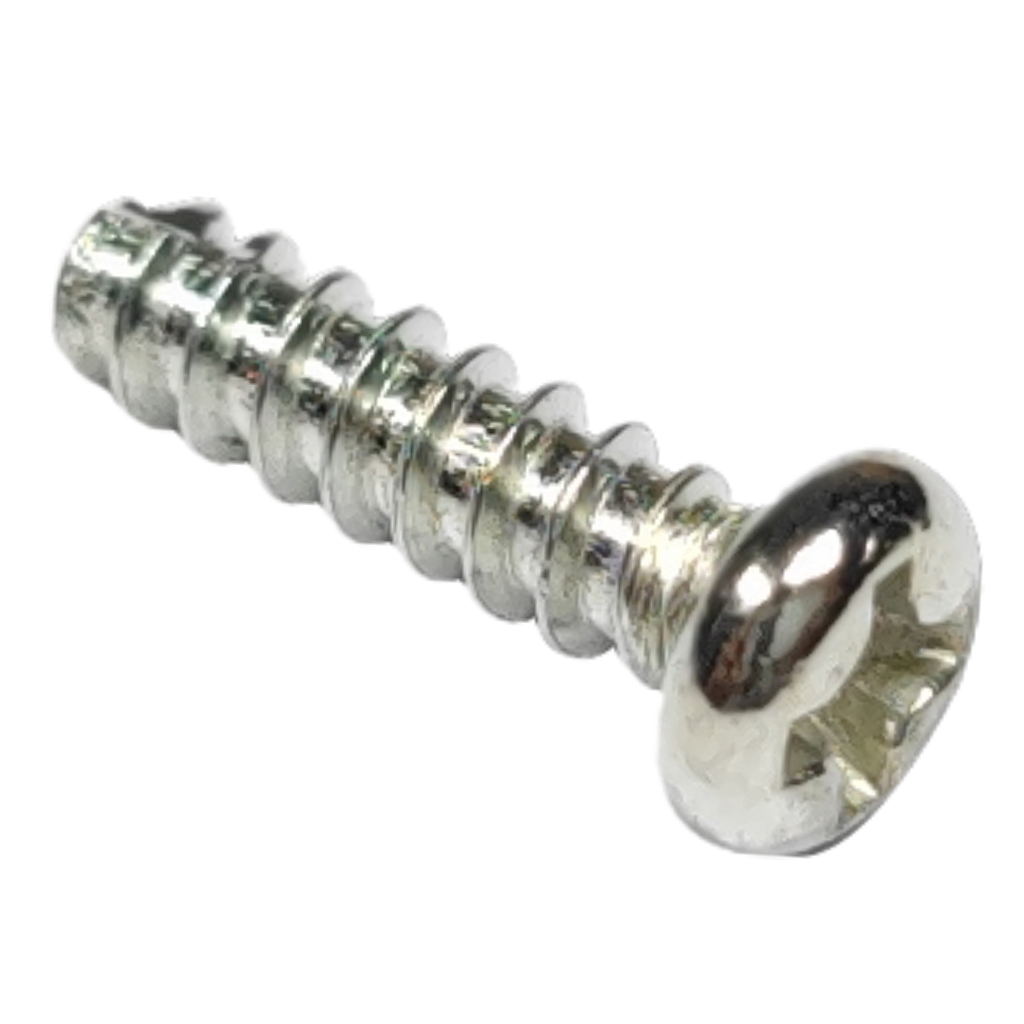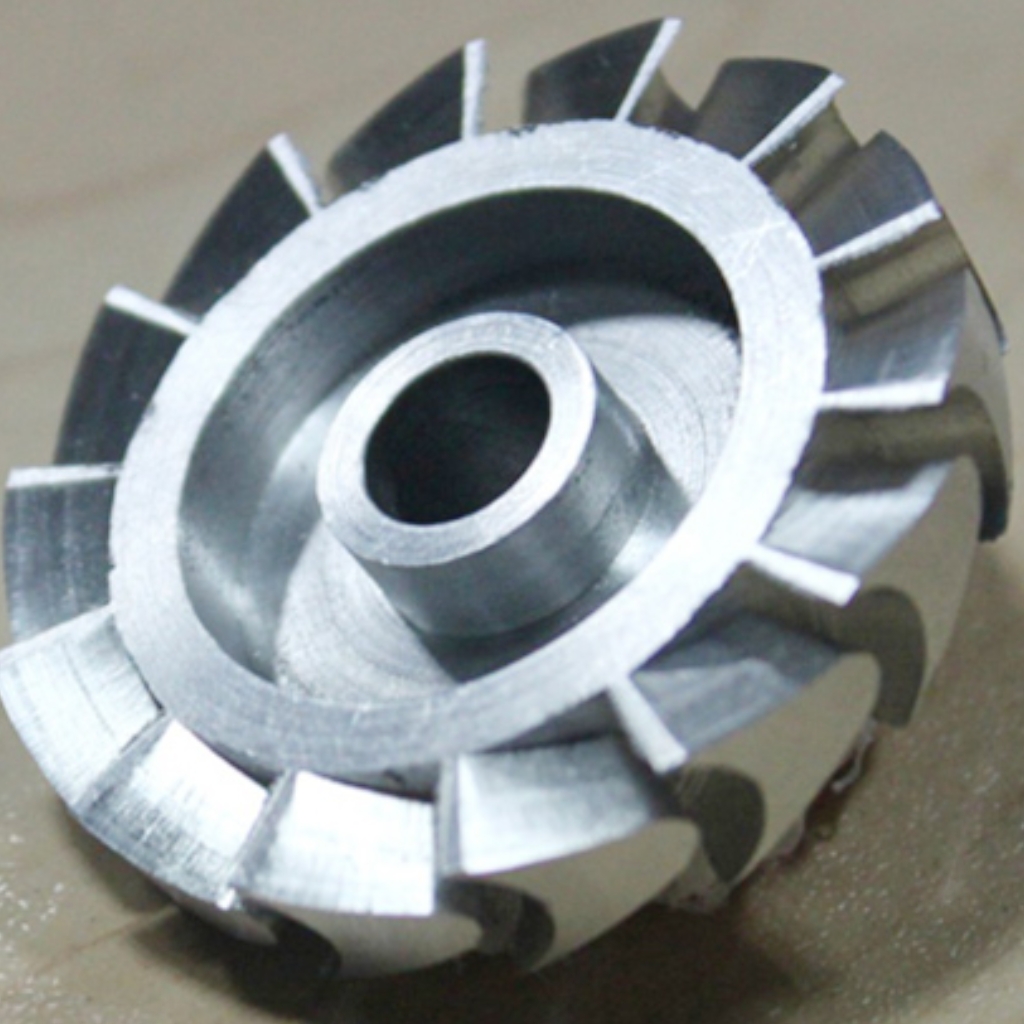Blog
Xendoll has 22 years of experience in the production of small machine tools. We will help you choose the suitable machine and share our experience in CNC machining with you.
 May 10, 2025
May 10, 2025

 866
866
Lathes, particularly metal lathes, are indispensable tools in machining, enabling the creation of cylindrical, conical, and even intricate geometric shapes. However, even seasoned machinists face challenges when crafting certain forms. For educators and students in STEM education, mastering these challenges is not just about technical skill—it’s about fostering problem-solving abilities and engineering creativity. In this article, we’ll explore the most difficult shapes to produce on a lathe, why they pose challenges, and how mini lathes like those from Xendoll Tools (xendolltools.com) are ideal for training future engineers and machining enthusiasts.
The Complexity of Lathe Operations
Before diving into specific shapes, it’s essential to understand why certain designs are harder to machine. A metal lathe removes material through rotational motion and precise tool movement, making it ideal for symmetrical, radially consistent shapes. Challenges arise when a design deviates from these principles—requiring non-linear cuts, ultra-thin walls, or internal features. For STEM learners, these hurdles become opportunities to grasp physics, geometry, and material science.

The Most Difficult Shapes to Machine on a Lathe
1. Threads and Screw Threads
Thread cutting is notoriously tricky, even for professionals. Creating uniform, helical grooves demands precise synchronization between the lathe’s spindle speed and the cutting tool’s linear movement. A minor miscalculation in pitch or depth can render threads unusable.
STEM Connection: Thread machining teaches students about standardization (e.g., metric vs. imperial threads), friction, and material deformation.
Xendoll’s compact lathes stand out with user-customizable threading parameters and built-in safety protocols—key features that empower distributors to offer beginner-friendly solutions that minimize operational risks.
2. Non-Symmetrical or Irregular Shapes
Lathes excel at radial symmetry, but irregular shapes—like hexagonal prisms or custom profiles—require creative setups. Machinists must manually reposition the workpiece or use specialized attachments like indexing heads.
STEM Connection: This process introduces learners to modular tooling and computational thinking (e.g., breaking complex shapes into simpler steps).
Mini Lathe Flexibility: Educational mini lathes often support attachments for milling, drilling, and shaping, making them versatile tools for prototyping asymmetrical parts.
3. Thin-Walled Cylinders
Producing thin-walled components (e.g., tubes or sleeves) without warping or vibration-induced defects is a test of patience. Think of lathe work as a ballet: the workpiece dances steadily on the chuck while the tool glides with feather-light pressure to sculpt perfection.
STEM Challenge: Students learn about material rigidity, harmonic vibrations, and heat dissipation—key concepts in mechanical engineering.
Educational Solution: Mini lathes designed for STEM labs often include vibration-dampening features and low-speed modes to help learners master delicate operations.
4. Spherical or Freeform Surfaces
Crafting a perfect sphere on a lathe requires advanced techniques like "ball turning," where the tool moves along a circular path. Even slight deviations in tool alignment create imperfections.
STEM Application: This task integrates geometry (calculating radii) and kinematics (toolpath planning).
Mini Lathe Precision: With digital readouts and adjustable tool rests, modern mini lathes simplify complex curvatures, encouraging experimentation in artistic and functional designs.
5. Internal Features (Blind Holes, Grooves)
Machining internal features—such as blind holes or labyrinth seals—limits visibility and tool access. Chip evacuation becomes critical to avoid damaging the workpiece.
STEM Skill Development: Students practice spatial reasoning and toolpath optimization.
Classroom-Ready Design: Xendoll’s mini lathes include chip trays and ergonomic tool holders, making internal machining safer and more accessible for novices.

Why Mini Lathes Are Essential for STEM Education
STEM programs thrive on hands-on learning, and mini lathes bridge the gap between theory and practice. Here’s how they empower future engineers:
Safety and Accessibility: Smaller scale and enclosed designs reduce risks for students.
Cost-Effective Training: Mini lathes minimize material waste while teaching core machining principles.
Real-World Relevance: From robotics parts to custom lab equipment, students create functional projects that align with industry needs.
For educators and overseas educational equipment distributors, Xendoll Tools’ mini lathes offer a scalable solution to equip labs and workshops. Their compatibility with common materials (aluminum, plastics) ensures learners can safely explore metalworking fundamentals.
The question "What is the most difficult shape to make on a lathe?" reveals the fascinating intersection of craftsmanship and STEM education. Threads, thin-walled cylinders, and freeform surfaces demand precision, creativity, and theoretical knowledge—all of which are cultivated through practice on mini lathes. For schools, hobbyists, and overseas machinery distributors, investing in compact, user-friendly lathes like those from Xendoll Tools (xendolltools.com) ensures learners are prepared to tackle real-world engineering challenges. By embracing these tools, STEM educators don’t just teach machining—they inspire innovation.
For details, please refer to the following link:https://www.xendolltools.com/category/micro-cnc-machine.html



 Show all our samples
Show all our samples
 Provide you with a free quote
Provide you with a free quote
 Answer all the questions you may have
Answer all the questions you may have
 Guided installation and other options
Guided installation and other options